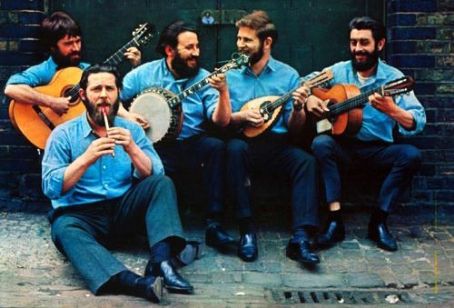

Mainly, Joyce worked and played in Dubliners at plotting and characterization, description and dialogue, and (especially) point of view (the technical term for who is telling a story, to whom, and with what limitations). Joyce even introduces characters (Lenehan from "Two Gallants" and Bob Doran from "The Boarding House," for instance) who reappear in his later books.

Dubliners is somewhat comparable to Picasso's so-called Rose and Blue periods, in which the painter perfected his skills at realistic portrayal with paint before pioneering cubism and other abstract styles. In Dubliners, he does not yet employ the techniques of mimetic narrative (characteristic of A Portrait) or stream-of-consciousness (Ulysses), but he paves the way here for those technical breakthroughs. It was in Dubliners that Joyce developed his storytelling muscles, honing the nuts-and-bolts craftsmanship that would make the high modern art of A Portrait of the Artist As a Young Man, Ulysses, and Finnegans Wake viable. It is certainly his most accessible book - relatively easy to comprehend and follow, whereas the others mentioned tend to challenge even the most sophisticated reader. Like many important artistic works of the early twentieth century (the paintings of Joyce's contemporary Wassily Kandinsky, for instance, or Louis Armstrong's music), Dubliners appears deceptively simple and direct at first, especially compared with James Joyce's later works of fiction: A Portrait of the Artist As a Young Man, Ulysses, and Finnegans Wake.


 0 kommentar(er)
0 kommentar(er)
